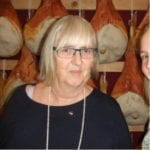At last! Real, authentic Pinot Grigio – Alois Lageder.
The River Adige is a tumbling, deep green Alpine torrent running due South from the spectacular Dolomites before calming down and wending its way through the beautiful city of Verona as it heads to the Adriatic.
As you drive north from Verona, home of a spectacular summer Opera season in the Roman Arena, the valley of the Adige is bucolic. On either side, on the valley floor, fruit orchards are covered in blossom in Spring. Apples, pears, peaches and cherries are pruned into odd shapes and stretch for miles.
Not more than a few hundred metres from these, the Alps become the Dolomites which rise steeply from the river, becoming giant snow capped jagged teeth. On the sunny slopes in between lie some of the best vineyards in Italy.
Through Trentino, a massive Italian market garden, and on into the autonomous region of Alto Adige, you could be forgiven for thinking you had somehow wandered into Austria or Germany. The road signs are bilingual, the architecture becomes Alpine with steep snow-bearing roofs and the cuisine becomes robust and mountainy. Dumplings abound!
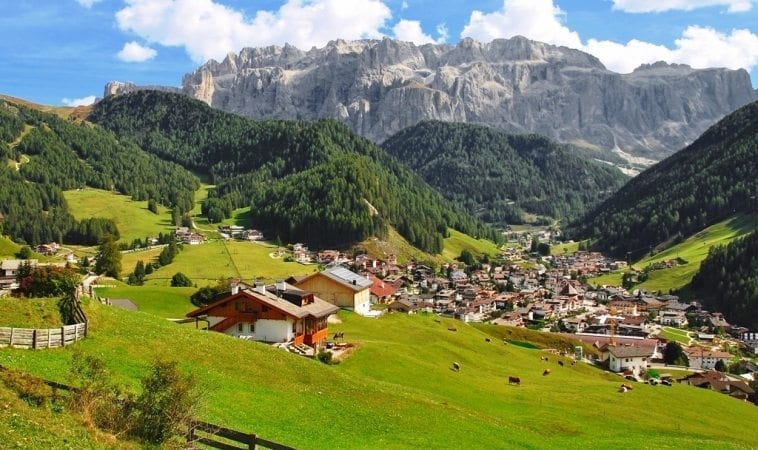
Not far from the city of Bolzano lies the pretty village of Magre/Margreid. It looks like it has just fallen out of a magical children’s storybook. The cobbled streets, bedecked with strings of onions, peppers and corn cobs hanging from crazy balconies mix with drifts of gorgeous flowers, and a rushing stream tumbles under romantic bridges.
At the apex is a mysterious looking Castle, the home of Alois Lageder and his family. Barrels of wine sleep in the cool cellars.
However, neatly tucked into the side of a mountain is the space-age winery. It is entirely self-sufficient in energy, deriving the cooling for its cuverie from the frigid cut-away face of the mountain above. Solar energy keeps the offices at a perfect temperature, with slatted windows that gently open and close automatically with temperature or wind changes.
Here, some of Italy’s most prestigious wines are made, particularly whites. We all know the ubiquitous Pinot Grigio which has become a generic coverall for any pub white wine.
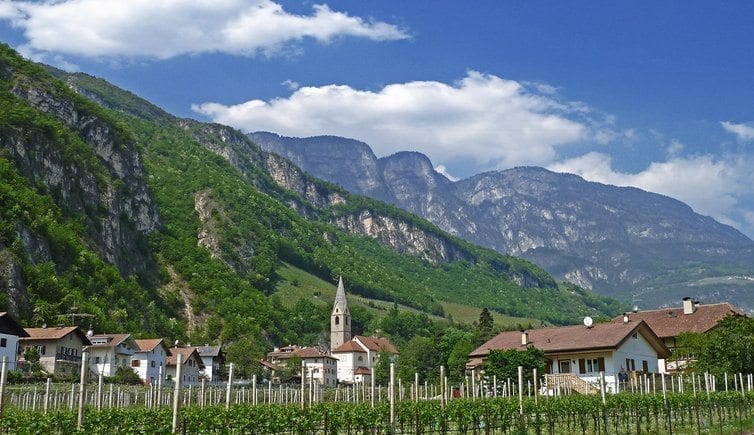
The Pinot Grigio at Alois Lageder is the real thing. Layers of flavour, silky smooth body, ageing potential and power, it might be from another planet. This is the home of this great variety, matched only by the serious Pinot Gris of Alsace, it has weight and character and all the complex perfumes and flavours a good Pinot Grigio should exhibit.
However, Alois Lageder make a vast range of wines from all the major international varieties such as Sauvignon Blanc, magnificent Chardonnay in several styles, for instance, the barrel-fermented Lowengang, Riesling, Traminer and many more. In reds, there are elegant Cabernets, Merlots and Bordeaux blends alongside local grapes such as Lagrein.
All the Estate wines are biodynamic and the wider range is sustainably grown by cooperator farmers in the side valleys and in Trentino too.
Every year during Vinitaly, a wonderful tasting called Summa takes place, enveloping the entire village. Hundreds of wine professionals from all over the world converge here to taste wines from many of Europe’s iconic winemakers, the tables manned by the vinous icons themselves. It is spectacular.
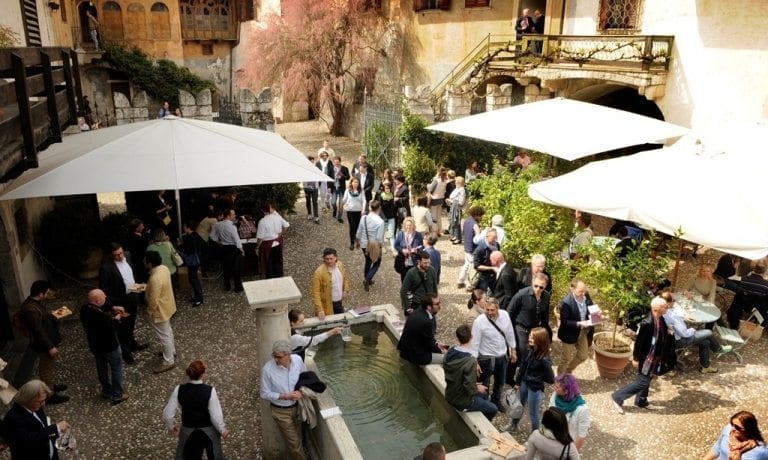
Back in Ireland we have many of these wines in stock though it would be impossible to represent all of them. However, with a little notice we are delighted to say we can order cases of any of the wines especially for you when the next order is being shipped, full cases only.
The entry level Riff pair make useful “monthly specials” or house pouring wines. The range runs right through price levels up to and including the Lowengang and Cor Romigberg, the massive red.
The Lageder wines have very stylish labels and will grace any fine wine list or stand out on a specialist wine shop shelf. But it is the juice in the bottle that will impress even more so. These are impeccably made wines with true Alpine clarity and finesse. Try them!
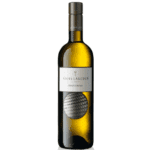
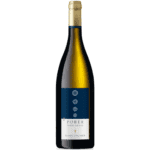
By Monica Murphy
